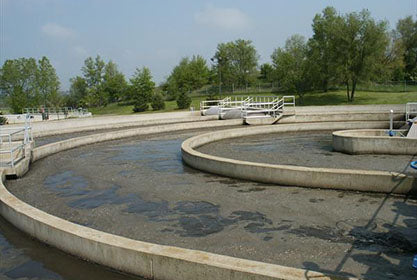
Case Study: Ripon Wastewater Plant
This article originally appeared in The Clarifier Volume 132, April 1999.
Beneficial Bugs at Work in Ripon, WI
Solving a compliance problem was the result of an innovative technique used by the staff at the Ripon Wastewater plant. With the plant at hydraulic and BOD design limits, local industry increased production and pushed the BOD loading to the plant from 120 to 200% of design.
When typical 6-7 mg/L effluent BOD levels went beyond the 10 mg/L limit, and with plant expansion possibly years away, a new approach was needed. On December 17, 1998, the Ripon plant began feeding broad-spectrum enzymes at the influent lift station. While mixed liquor will in time develop the particular enzymes needed to metabolize incoming organics, often they don't do it quickly enough.
When broad-spectrum enzymes are added, they immediately begin breaking down the long food chains allowing the existing mixed liquor to quickly break down the new food source. Sludge age will usually determine how quickly the enzymes react, but in Ripon's case, effluent BOD was brought back into single digits by mid January 1999, and has stayed there since without any other process modifications. Recent plant records showed the following:
| Date | Flow | Influent BOD | Effluent BOD |
| December 98 | 1.25 MGD | 290 mg/L | 11.4 mg/L |
| January 99 | 1.32 MGD | 237 mg/L | 8.6 mg/L |
| February 99 | 1.47 MGD | 262 mg/L | 6.7 mg/L |
Cost of enzyme treatment is currently $0.04/1,000 gallons of forward flow. Other benefits realized as a result of enzyme addition include a reduction in SVI's from 175 to less than 100, and improved gravity belt thickener performance.